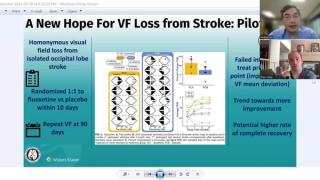
Clinical Diagnosis
Latest News

Latest Videos

CME Content
More News
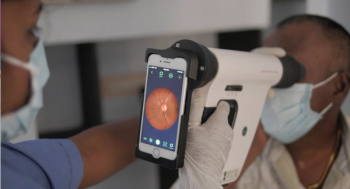
Automated AI tool offers offline capability and hope for patients.

Previous research conducted primarily by scientists at the University of São Paulo, Brazil, showed brilacidin can potentiate several marketed antifungals, including caspofungin, voriconazole and posaconazole.

Survey of academic chairs and residency directors recognizes centers of excellence in Best Clinical Care, Best Residency, Best Research, and Best Overall Programs.

Spanish investigators found that local resection may offer better visual results and eye sparing without compromising local tumor control and survival.
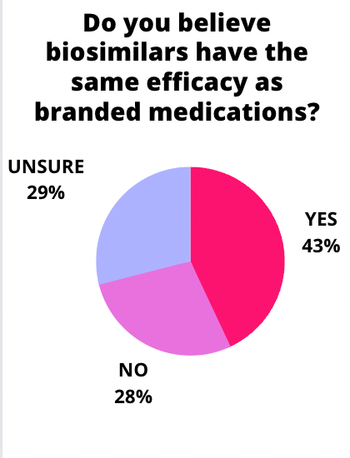
Results from our recent poll indicate a mixed bag of responses from ophthalmologists.
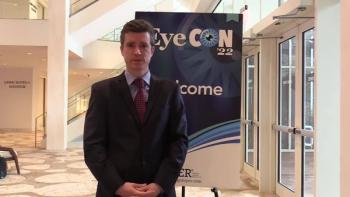
Jefferson Doyle, MBBCh, MD, PhD, MHS, of the Wilmer Eye Institute at Johns Hopkins University School of Medicine, addresses myopic concerns, such as public health measures including time outdoors, as well as pharmacological approaches including the current atropine data that has been completed and ongoing studies.
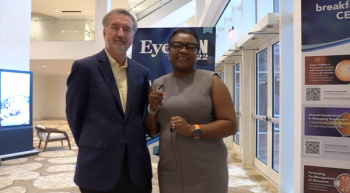
Ophthalmology Times®' EyeCon co-chairs Peter J. McDonnell, MD, director of the Wilmer Eye Institute, and glaucoma specialist Oluwatosin U. Smith MD, from Glaucoma Associates of Texas, discuss some of the highlights of EyeCon 2022.

Stephen Pflugfelder, MD, professor and director of the Ocular Surface Center at Baylor College of Medicine in Houston, Texas, presents a challenging diagnostic dilemma.

Rishi Singh, MD, of Cleveland Clinic Florida, touches upon the various advancements that are making a difference for clinicians and patients and reducing their progression in this disease state.
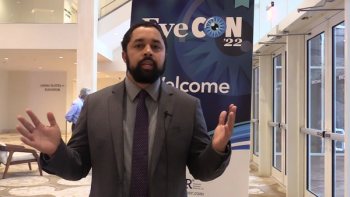
Julius Oatts, MD, covered a range of current considerations for retinopathy of prematurity (ROP), including the updated International Classification for ROP, clinical research, and some of the socioeconomic factors that affect ROP. Oatts is assistant professor and associate residency program director with the Department of Ophthalmology at the University of California, San Francisco.

The drug is expected to be available to eye care clinicians in the US during the second half of 2023.

According to researcher, the treatment offers improved retinal sensitivity, visual function, and mobility.
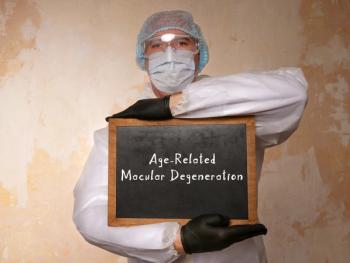
Ophthalmologist discusses the impact of getting older on patients diagnosed with the disease.

AZR-MD-001 is currently being studied to evaluate the safety, efficacy, and tolerability of the study drug in patients with MGD.

CXL has been proven effective to treat patients with corneal ectasias.

Receiving FDA orphan drug designation allows the company to proceed with plans to advance the development of BRM424, a novel, first-in-class, potential treatment for neurotrophic keratitis.

The Ernest E. Tschannen Eye Institute is dedicated to eye care and sight restoration through technology, pioneering research and eye care clinicians.

According to the company, the NDA is supported by positive phase data demonstrating the rapid reversal of dilated eyes and favorable safety profile in pediatric and adult subjects.

Weigh in on this month's survey question. The poll will be open until December 16, 2022.

AZR-MD-001 0.5% meets co-primary efficacy endpoints, making it the first investigational drug to show significant improvements in both signs and symptoms of MGD.

The regulatory process is building confidence that the product is good and can be used safely.

When it is not on a mission, the Orbis Flying Eye Hospital MD-10 aircraft often is situated at an airport where the fully accredited teaching facility is put to use as a mobile simulation center to train ophthalmologists from around the world in some of the latest sight-saving techniques.

While the advent of anti-VEGF therapies resulted in substantially better outcomes in this patient population, the results can vary substantially among patients.

According to UC Davis researchers, more needs to be done for the field to reflect ethnic and racial diversity across the country.

According to the university, the grant will support examining impact of pain and inflammation on eye’s surface and possible link to diseases.






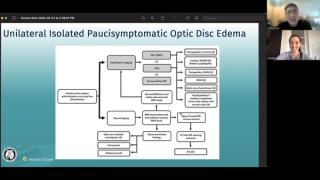

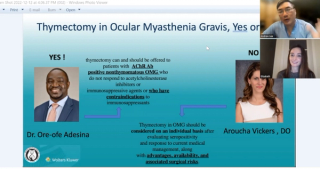

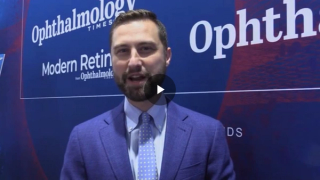

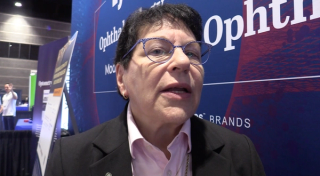
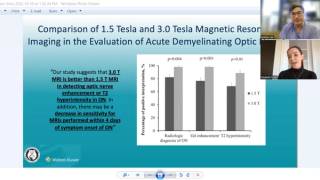
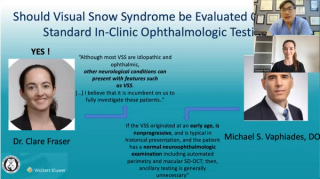








































.png)


